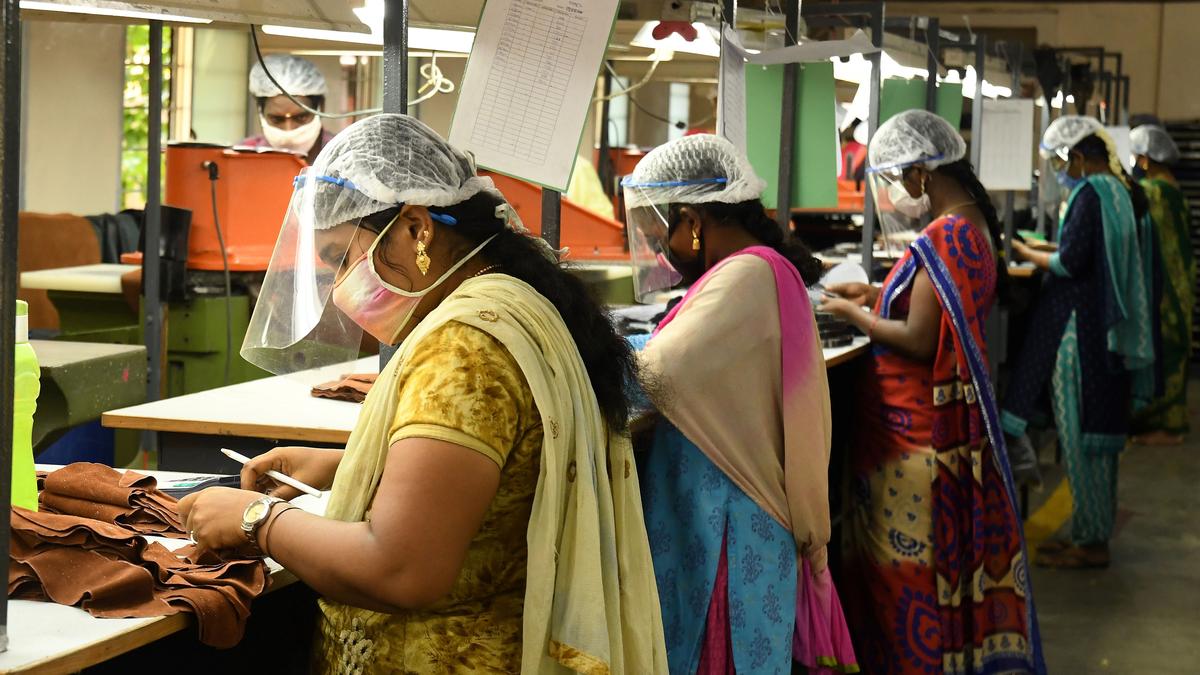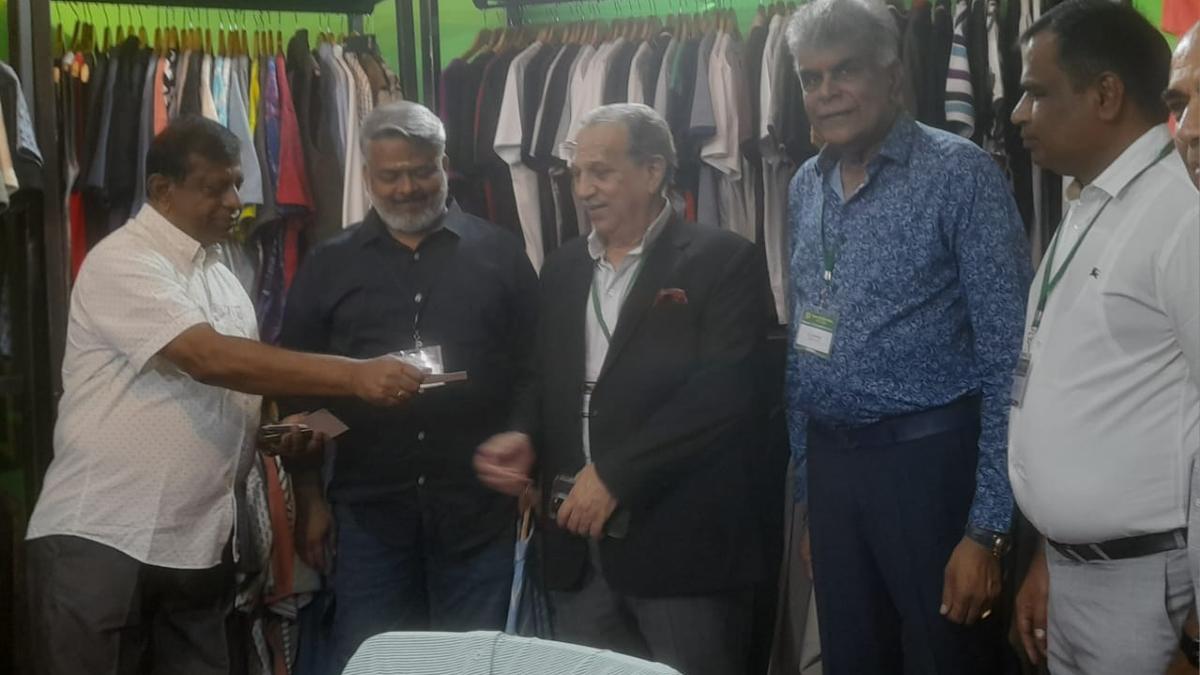By Rajesh
Copyright thehindubusinessline

India is witnessing a quiet but significant shift in its informal economy: more women are entering entrepreneurship, raising hopes for broader economic inclusion. Recent data from the National Sample Survey Office (NSSO) reveal a growing number of female-owned businesses, particularly in the informal sector.
However, a closer look at the data reveals a concerning trend: despite rising participation, the sectors women are entering and the conditions they face may not lead to substantial economic transformation.
An analysis of three waves of National Sample Survey data on unincorporated non-agricultural enterprises, covering 2010-11, 2015-16 and 2022-23, shows a steady increase in the number of women-owned firms and in their contribution to the informal workforce and overall value addition. However, female entrepreneurs continue to operate under structural disadvantages that limit both their productivity and their growth potential.
Own-account enterprises
Most women-owned enterprises are own-account enterprises — typically operated by family members without hired workers. In 2022–23, a striking 97 per cent of all female-owned enterprises fell into this category, accounting for 89 per cent of employment within such enterprises. In contrast, male-owned enterprises show greater tendency to operate as hired-worker establishments, which are typically more productive.
Moreover, location also plays a critical role. In 2022–23, three out of four women-owned firms operated within the household, while 70 per cent of male-owned firms operated from outside the home, often in fixed premises. This distinction is crucial: our study finds that enterprises operating from fixed premises show significantly higher labour productivity than those based in homes or mobile setups like street vending.
Sectoral disparities
Sectoral patterns reveal further disparities. While women dominate the manufacturing — accounting for over half of all female-owned firms — this sector also exhibits the most pronounced productivity gap. In 2022–23, male-owned firms were more than twice as productive as female-owned firms overall.
Notably, this gap has widened over time in manufacturing, while remaining persistent and substantial in trade and services. This trend is particularly concerning given women enterprises heavy concentration in sectors like textiles, tobacco, and retail — which tend to be less dynamic and characterized by low capital intensity.
Community factor
Ownership by social group also influences firm outcomes. Though the share of women entrepreneurs among SC, ST and OBC groups has grown, firms owned by General caste entrepreneurs remain the most productive. Education, often seen as a pathway to better outcomes, also offers only partial relief.
Our data indicate that female entrepreneurs are less likely than their male counterparts to possess higher education levels. Moreover, even when educational attainment is comparable, male-owned enterprises exhibit higher productivity. While education enhances productivity for both genders, it significantly narrows — but does not eliminate — the productivity gap.
The constraints
Therefore, what explains these persistent disparities? Interestingly, when asked about business challenges, male and female entrepreneurs report similar constraints such as access to finance, infrastructure gaps and regulatory hurdles. Both groups also cite falling demand as the most pressing issue.
This points to a deeper problem: barriers may not always be external or formal, but embedded in social norms, mobility constraints and systemic exclusion from high-value networks and markets that remain less visible in standard surveys.
This pattern, where more women are running businesses yet remain concentrated in low-productivity, home-based, subsistence enterprises, raises a critical question: does the rise in female entrepreneurship reflect opportunity or distress? Available evidence suggests the latter though conclusive evidence remains limited. In the absence of good quality jobs and increasing pressures on rural livelihoods, particularly in agriculture, many women may be turning to entrepreneurship out of necessity — as an economic fallback rather than a launchpad.
The implications are serious. Entrepreneurship can support structural transformation only if it supports movement from low to high productivity activities. Without this transition, India risks locking a large segment of women into economic activity that may offer autonomy, but little upward mobility.
What can be done? First, women must be supported to move into more productive sectors, including formal manufacturing and high-value added services. Second, policies should help women shift from own-account to hired-worker enterprises, especially by improving access to credit, market linkages and physical infrastructure like affordable commercial space.
Enhancing skills
Third, targeted training in digital and financial skills, along with support to engage with regulatory systems and access institutional support, can help improve business outcomes. Digitalisation offers critical advantages: it expands market reach (mitigating constraints like falling demand) and saves time — a vital benefit for entrepreneurs balancing domestic responsibilities.
Additionally, since many women running nano-enterprises lack formal bookkeeping practices, these programs directly enable access to formal credit by teaching essential income and expense tracking. Fourth, social norms that limit mobility and public engagement must be addressed through community interventions and visibility campaigns.
Finally, better data are essential. Although enterprise data are now collected annually with gender-disaggregated information, the absence of a panel structure limits the ability to track firms over time and understand transitions in women-led enterprise activity. Without such data, the barriers faced by women will remain invisible and so will their economic potential.
India has more women entrepreneurs today however, vast majority remain confined to low-value, subsistence activities. Real inclusion will come not just from counting more enterprises but from enabling women to build enterprises that can grow and thrive.
Raj is Associate Professor, Sikkim University; Subash is Professor, IIT Madras; Nikaido is Professor, Musashi University Tokyo. Views expressed are personal
Published on September 17, 2025



